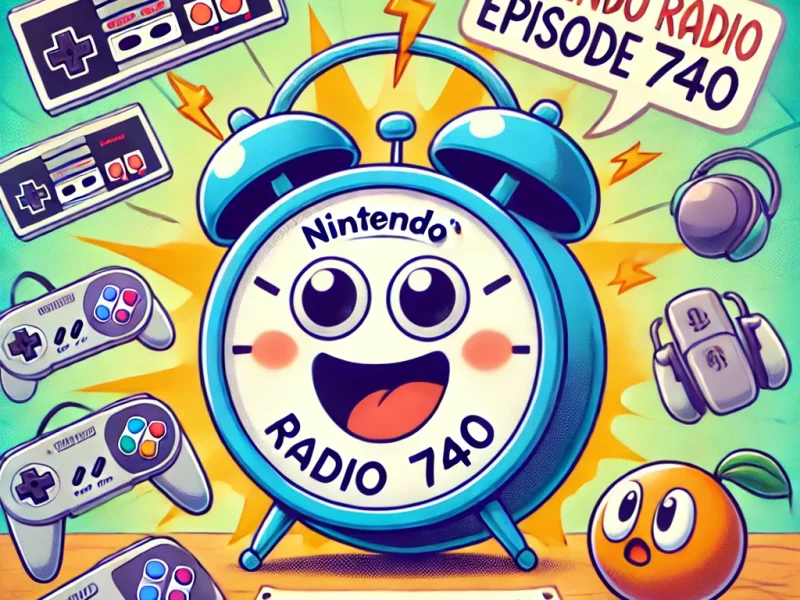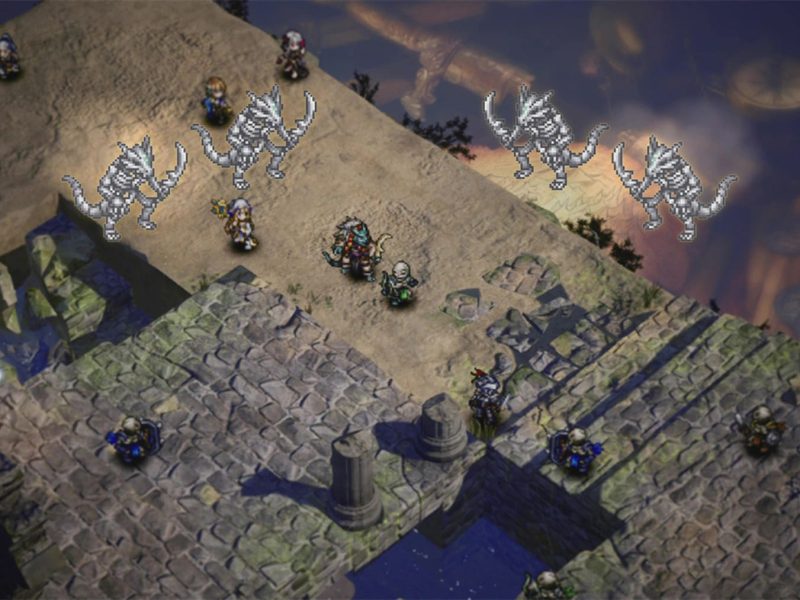An entertaining party affair, but the controls leave something to be desired.
When I was in high school, I made fond memories of going to sleepovers and school lock-ins and playing video games with friends. At the time, this was the peak of the popularity of Guitar Hero and Rock Band, so I have great memories of enjoying rhythm games with friends in a collaborative, party setting. This is what I think Samba de Amigo’s latest title, aptly subtitled Party Central, is made for. It’s not a game that is necessarily aimed at rhythm game fans or people who want to hone their rhythm game skills, but it is meant to bring out at a party.
Samba de Amigo: Party Central is the latest entry in Sega’s rhythm game series that got its start on the Dreamcast, and it stars a monkey named Amigo shaking maracas. I don’t have much history with the series prior to this entry (I desperately wanted a Dreamcast as a child but was very much a Nintendo Kid) so I’m not sure if anything is explained, but at the same time I don’t need it to be. This is a monkey who plays maracas, and according to the intro to this game, the maracas-shaking will somehow save the world. It’s a silly premise that I find charming and that works in the game’s favor; I never seemed to tire of watching Amigo dance around wildly.
The rhythm gameplay is centered around using your Joy-Con as maracas, hitting notes that are either up, to the side, or down and often shaking them wildly. This is intercut with the game asking you to pose or slide things around in a pattern. It’s fun and a pretty good workout; the first night I played Samba de Amigo: Party Central I got pretty sweaty. The biggest issue is that I felt like the accuracy was not always there. Part of that might have been user error–the game asks you told your controllers in a specific way–but it didn’t feel intuitive at all if that was the case. I tried my best to move in exactly the perfect way to get accurate results and it was still a struggle. Accuracy is better if you play the game with button inputs rather than motion, but considering the posing it’s very clear that this is not the way Samba de Amigo is meant to be played.
The game is centered around the standard rhythm game mode, which allows you to go through the entire list of songs and play them at any difficulty, which is likely to be the bulk of your time with the game. This largely works well; however, I would have liked more methods to sort through the music; it’s either the entire list at once or what you’ve listed as favorite songs. It also very bizarrely doesn’t list the actual artist or any information beyond the song’s title, which feels like a misstep. A greater number of options around knowing who the artists are and sorting through the tracklist seems like it would make more sense to me.

In terms of the music, the tracklist has highs and lows. It focuses a lot more on music that’s popular in the United States than either Latin music (as you might expect for a game titled “Samba de Amigo”) or Japanese music. The tracklist is largely inoffensive but consists mostly of songs that were popular about 10 years ago, such as “Tik Tok” by Kesha or “Break Free” by Ariana Grande. There are some Sega songs included in the base tracklist (“Escape from the City” from Sonic Adventure 2 is always a good pull for something like this) that add to the flavor, but I wish there would be a bit more game music or overall variety. While there are some song choices I particularly approve of (as a big Carly Rae Jepsen fan, I appreciate the inclusion of “I Really Like You”), for the most part it’s not a very exciting tracklist. Sega is, of course, releasing multiple DLC packs, so depending on that the music available is going to change if you’re willing to pay for it. As part of this review I had access to the Japanese music pack and the Sega Music Pack, which each added three new tracks. I particularly enjoyed just how ridiculous it was to play around to the song “Baka Mitai” from the Yakuza franchise, as I ended up pumping my fist to a relatively somber song.
There are additional modes to Party Central that add variety. One is Streamigo, which situates you as a streamer looking to complete challenges to gain viewers. This is a clever idea for a challenge mode and it’s themed very well, complete with a simulated chat talking about just how cool you are. Some of the challenges, however, get difficult and fast, and if you are looking to skip that you need to grind out levels to get further. I don’t mind difficulty, but combining that with the inaccurate controls makes things not as fun as they could be. For example, a challenge early on might be to get a large combo of only perfect notes, but that could easily be interrupted by a minigame that needs to be played perfectly to keep that combo. These could be nice challenges for players to work through, but the difficulty curve feels a bit uneven when considering the input issues.

World Party is an online mode that puts you in a lobby with several other players–there are 20 total people in each room, but I’m not sure if any of them are bots–and makes you play against one another, with the lowest performers getting kicked out after each song over the course of three rounds. It’s a fun conceit to add this sort of direct competition with several other players. However, it comes with a few caveats. First, part of the goal is to gain experience to move up tiers of play, but progress is remarkably slow. To get out of the first level you need 500 experience, but I only gained 50 for a first place victory. The other caveat, which makes the first even worse, is just how long it takes to get into one of these rooms. I’m not sure if I had bad luck, if the install base of this game is currently limited, or if I’m picking bad times, but it usually takes me a full two minutes to get into a room with 20 people. It feels particularly long when there’s nothing to do in the lobby; adding one of the mini games while waiting would have been a nice touch.
There are other multiplayer modes you can choose, both in person and online and including some mini games and special modes for multiplayer. This is part of why I think this game is particularly made for this kind of a party atmosphere, and while I didn’t get a chance to play with other people it made me want to keep an eye out for friends picking this up so we can enjoy these together.

One major aspect of the progression for the game is with customization in terms of avatars, outfits, maraca types and even sound effects. There’s a large amount of customization for all of these, which is a good incentive to keep going. If you get the digital deluxe version, there are some particularly fun Sega-themed options surrounding Sonic the Hedgehog, Space Channel Five and Puyo Puyo, among others, but there’s a lot of variety in terms of how you can tailor the experience that I enjoyed messing around with.
Samba de Amigo: Party Central isn’t a particularly necessary addition for rhythm gamers on the Switch, but it’s a solid party game if that’s something you’re looking for. While the controls aren’t as accurate as I’d like, the core gameplay is still enjoyable. The song list is largely inoffensive, and it’s likely you’ll find at least a handful of songs you might like. There are some fun additional modes and options to try that, while imperfect, add more playability to this game. I’m eager to see future song packs added, because the ones that exist are already pretty entertaining. I can only dream that Sega will release a maracas peripheral like they had for the Dreamcast.


